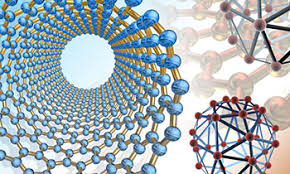Mechanical and Materials Engineering, Department of

Department of Mechanical and Materials Engineering: Faculty Publications
Document Type
Article
Date of this Version
3-2013
Citation
Macromolecules 46:7 (2013), pp 2671–2680; doi: 10.1021/ma302518c
Abstract
Crystallization of an isotactic polypropylene (iPP) homopolymer and two propylene/ethylene random copolymers (RACO), induced by high-stress shear, was studied using in situ synchrotron wide-angle X-ray diffraction (WAXD) at 137 °C. The “depth sectioning” method (Fernandez-Ballester, Journal of Rheology 53:5 (2009), pp. 1229−1254) was applied in order to isolate the contributions of different layers in the stress gradient direction and to relate specific structural evolution to the corresponding local stress. This approach gives quantitative results in terms of the specific length of fibrillar nuclei as a function of the applied stress. As expected, crystallization becomes faster with increasing stress—from the inner to the outer layer—for all three materials. Stress-induced crystallization in a RACO with 7.3 mol % ethylene content was triggered at only 1 °C below its nominal melting temperature. The comparison of iPP and RACO’s with 3.4 and 7.3 mol % ethylene monomer reveals the effect of ethylene defects on high-stress shear induced crystallization at 137 °C. It is found that, for a given applied stress, the specific nuclei length formed by flow increases with ethylene content—which is attributed to a greater high molecular weight tail. However, the linear growth rate is significantly reduced by the presence of ethylene comonomers and it is found that this effect dominates the overall crystallization kinetics. Finally, a time lag is found between development of parent lamellae and the emergence of daughter lamellae, consistent with the concept of daughter lamellae nucleated by homoepitaxy on the lateral faces of existing parent lamellae.
Includes supporting information.


Comments
Copyright © 2013 American Chemical Society. Used by permission.